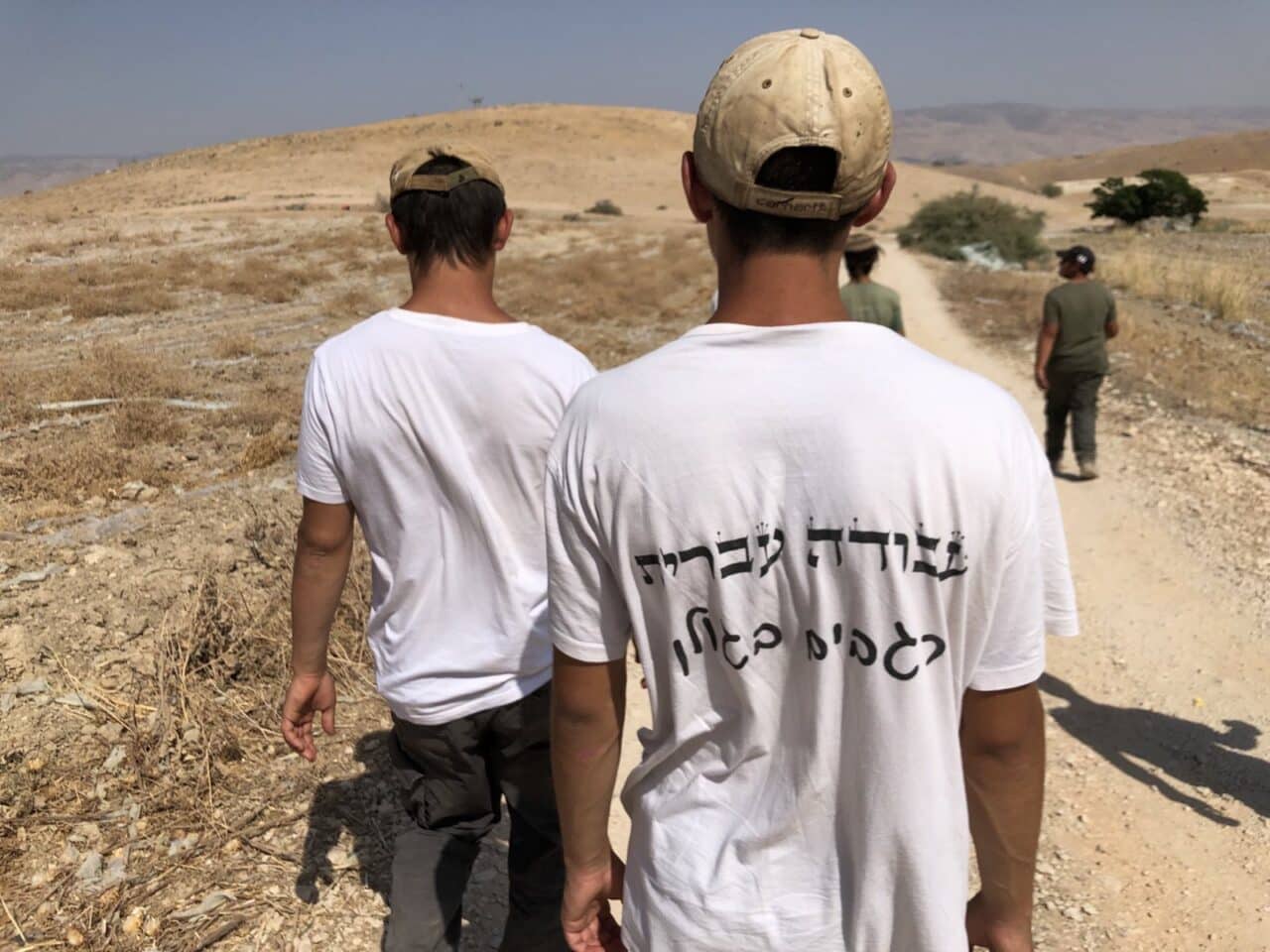Tag: west bank
-
Settler attack in Khirbet Al-Farsiyya
On August 14, 2025, at around 3am, settlers again attacked one of the families in Khirbet Al-Farsiyya, resulting in the injury of one of the Palestinian residents. Ten settlers descended the hill toward the family’s tents without using lights, going completely unnoticed by the residents who were sleeping. They attacked Shamekh Daraghmeh’s eldest son, Mustafa.…
-
Israel’s attacks on refugee camps in the West Bank
By Diana Khwaelid — Northern West Bank — 8th May 2025 The Israeli occupation forces continue their aggression on the city of Tulkarm and its camp for the 102nd consecutive day, and for the 89th day on the Nur Shams camp East of the city with a continuous escalation of raids, inspections, and demolition of…
-
What Does Israel Want in The West Bank?
Northern West Bank By Diana Khwaelid Israel is carrying out massive military operations to displace residents of camps in the northern West Bank, unprecedented since the Second Intifada. Since the seventh of October, Israeli attacks on West Bank cities, especially in the north, have not stopped. We are talking about the cities of Jenin, Tulkarm, Tubas,…

